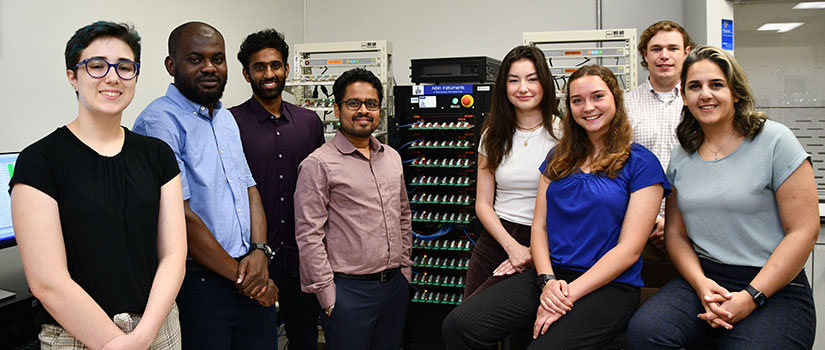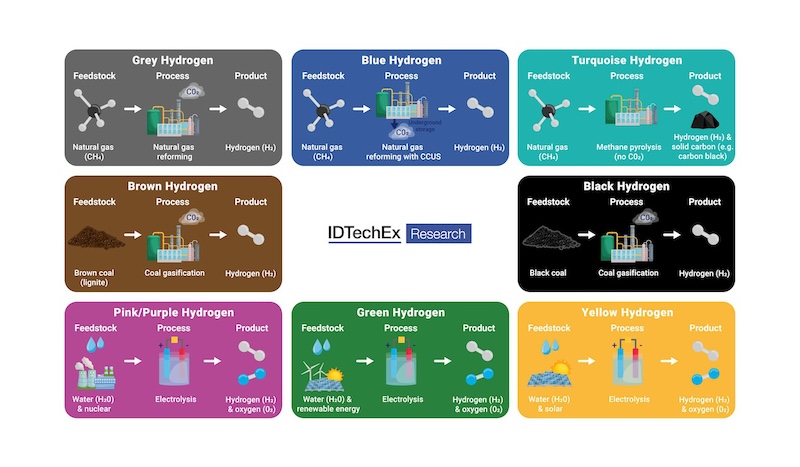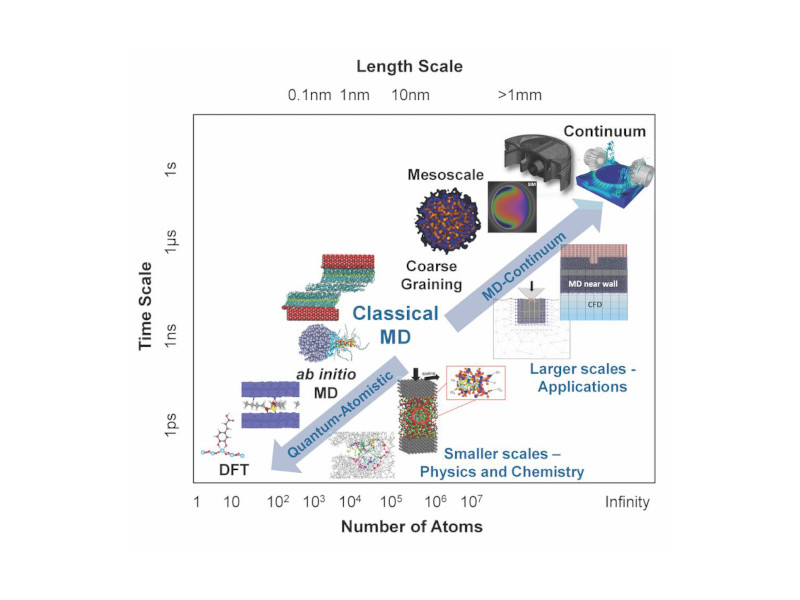The shift toward decentralized energy generation and the integration of advanced technologies necessitates the implementation of substation automation in the European power grid for enhanced reliability and efficiency

Learning Objectives
- Learn about decentralized energy generation and the integration of advanced technologies in Europe.
- Understand the benefits to substation automation, including reduced environmental impact.
- Review the upgrades to the EU’s power infrastructure, and its use of new technologies.
Power insights in Europe:
- Thanks to policy pressure by the European Union, increasing decentralization and decarbonization is taking place in the EU energy system.
- TSOs and DSOs across Europe consider substation automation a key tool to manage the complexities of the decentralized power sector.
- The European substation automation market is poised to increase at a constant pace and will be deployed in the transmission and distribution sectors in upcoming years.
The power sector is undergoing a significant transformation from centralized generation to distributed generation. This shift requires a more flexible and dynamic grid that can adapt to changing patterns of generation and demand. In this context, substation automation emerges as a crucial component in the transition toward a more sustainable energy system.
In Europe, substation automation has a promising outlook as grid operators aim to modernize the infrastructure for enhanced reliability and efficiency. The integration of advanced technologies, such as sensors, communication systems and control software, enables real-time monitoring and control of the power grid. By automating the processes of data acquisition, analysis and decision-making, substation automation enables grid operators to quickly respond to fluctuations in energy supply and demand. This, in turn, helps to reduce the risk of power outages and improve the overall quality of the power supply.
Overall, the implementation of substation automation in Europe represents a significant step toward the development of a more resilient, flexible and sustainable power grid. By harnessing the power of advanced technologies, grid operators can improve the efficiency of the power system, reduce greenhouse gas emissions and pave the way for a more sustainable energy future.

European power grid under transition
To achieve a reduction of up to 55% in greenhouse gas emissions by 2030, the nations of Europe are undergoing a green energy transition. As part of this transition, the power sector is undergoing a shift toward decentralization, digitization and automation. It is doing this in two ways.
Renewable expansion: Europe has demonstrated a firm commitment toward a green energy transition, as evidenced by the revised targets aimed at achieving a 45% share of renewable energy in the generation mix. This target is in line with the overall goal of reducing greenhouse gas emissions by up to 55% by 2030.
As a result of this green energy transition, Europe is expected to witness a significant increase in the deployment of renewable energy sources. Specifically, it is projected that there will be around 592 gigawatts (GW) of solar and 510 GW of wind generation by 2030. Such a massive rollout of renewables is expected to lead to a decentralization of the power sector, which would require significant upgrades in the power infrastructure.
To accommodate the growing share of renewable energy sources in the generation mix, the power grid needs to become more flexible, resilient and dynamic. This requires the implementation of new technologies and the modernization of the power infrastructure. By investing in the development of a more decentralized and sustainable energy system, Europe can pave the way toward a more sustainable and secure energy future.

Digitalization and automation: The European power grid is being digitalized in accordance with regional regulations. The EU is committed to promoting digitalization and automation in the power sector as a means of achieving its energy and climate policy goals. Policies and directives in the EU, such as the Clean Energy Package, the Electricity Market Regulation and the energy efficiency directive, reflect this commitment and provide a framework for member states and companies to invest in these technologies. The funding programs led by the EU, including the Horizon 2020, European Regional Development Fund and Connecting Europe Facility, have been supporting power sector digitalization, automation and upgradations.
Digital technologies such as artificial intelligence (AI), the internet of things, smart metering infrastructure and the digitalization and automation of power transmission and distribution assets are assisting grid operators in managing the increasing complexities that arise as power grid becomes more flexible and decentralized. The ongoing digitalization and automation also present opportunities to integrate more renewable energy into grids and use energy more efficiently in households, industry and the overall system. As a result, they help to create favorable conditions for solving the challenge of a sustainable low-carbon economy.
Outlook of power substation automation market in Europe
Substation automation has been widely recognized as an indispensable tool for enhancing the performance and reliability of the European power grid and as such, it has been extensively adopted by both transmission system operators (TSO) and distribution system operators (DSO) for more than a decade.
The implementation of substation automation has yielded numerous benefits for European grid operators, chief among which is the ability to increase the reliability of the power grid. By providing real-time monitoring and control of equipment and system parameters, substation automation allows operators to swiftly detect and address issues before they escalate into power outages or other operational disruptions.
Furthermore, substation automation systems enable the collection and storage of vast amounts of data about system performance and equipment health, which can be subjected to detailed analysis to identify trends and optimize system operations. This not only improves the efficiency of the power grid but also helps to reduce operating costs and minimize the environmental impact of the energy system.

Technology preference
Distributed architecture substation automation has emerged as the dominant technology in comparison to centralized substation automation. This flexible and reliable approach to substation automation is well-suited to the demands of modern power grids.
However, it is important to note that both approaches have their own unique strengths and weaknesses. The choice between the two will depend on the specific needs of the utility and the characteristics of the power grid being managed.
France and Germany are at the forefront of the regional market for substation automation deployment, accounting for almost a quarter of the total market share. While the transmission and distribution sector remain major application verticals for substation automation, automation technologies are also increasingly being deployed in the generation sector.

The power grid and renewable energy
By 2025, the market for substation automation is projected to reach nearly $1.8 billion with a compound annual grown rate of 3%. The expansion of renewables in Europe is fueling demand for substation automation technologies that can integrate these variable energy sources into the grid in a dependable and efficient manner.
TSOs and DSOs are expected to drive significant demand for substation automation by leveraging the technology to tackle the challenges posed by the integration of renewables. This includes real-time monitoring and control of power flows, voltage levels and other parameters in the grid. With these capabilities, grid operators can respond quickly to changes in demand or supply and optimize the integration of renewable energy sources into the grid.
Altogether, European TSOs and DSOs have been using substation automation technology for more than a decade to optimize power grid operations. The rise in renewable energy resources, supported by laws and financial incentives, is the driving force behind power sector digitalization in Europe. Substation automation is regarded as a crucial tool by power grid operators for managing increasing grid congestion and improving power sector reliability. This trend is expected to continue in the future, as more nations work toward achieving green energy targets.



